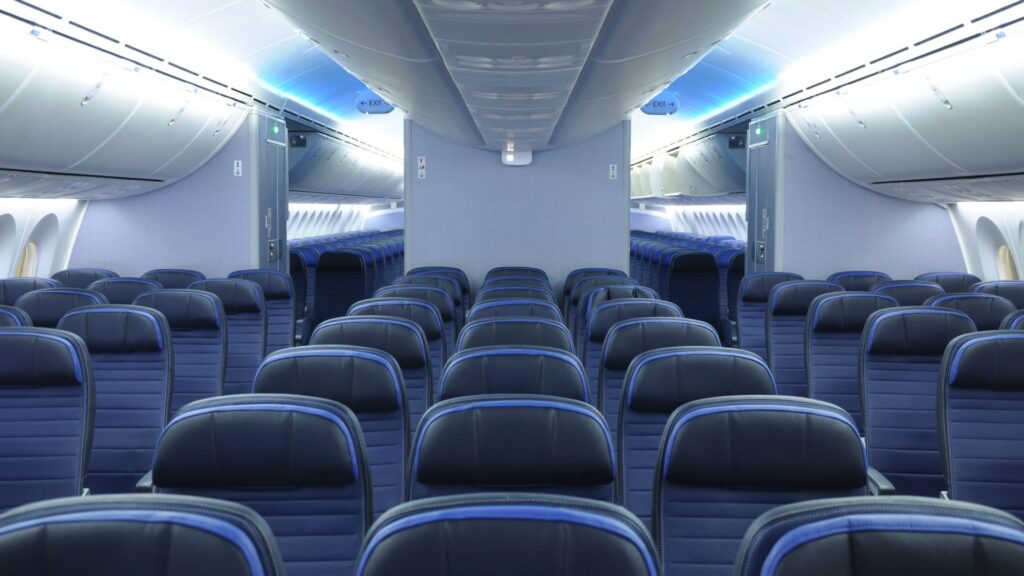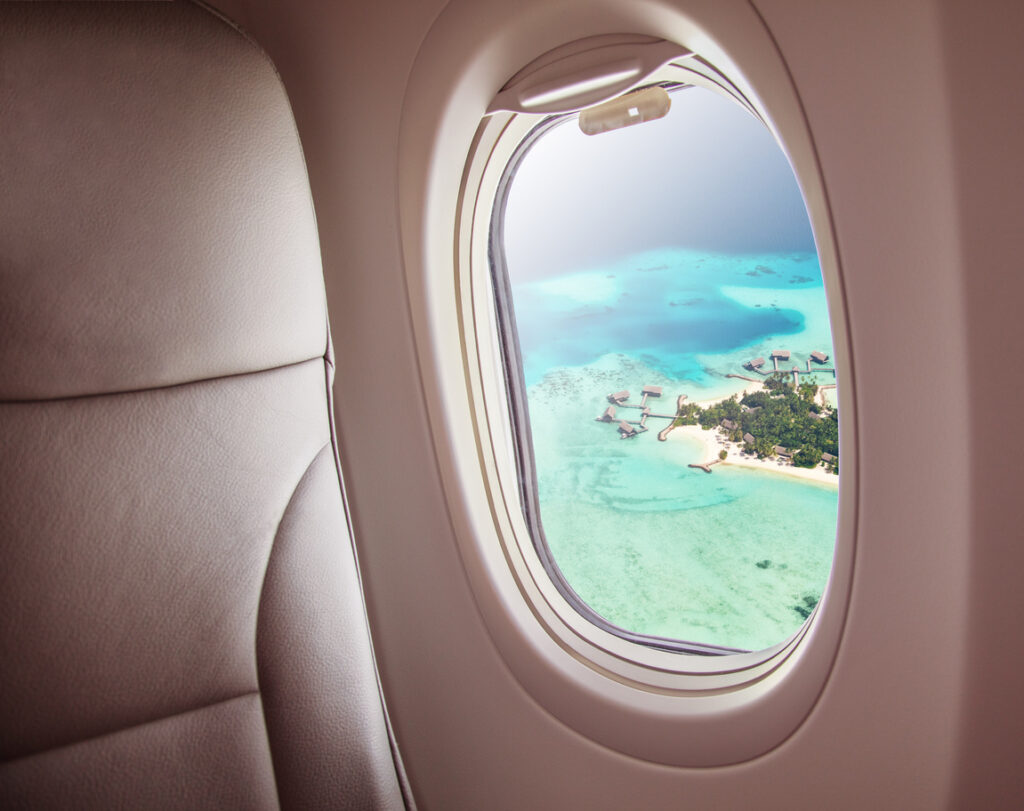When it comes to selecting the perfect airplane floor, there’s a lot more to consider than meets the eye. Whether you’re an aviation enthusiast, a frequent flyer, or a plane manufacturer, the choice of the right airplane floor is a crucial decision. It impacts not only the aesthetics of the aircraft but also its functionality, safety, and maintenance. In this comprehensive guide, we will delve deep into the world of airplane flooring, providing you with essential insights to make an informed choice.
Table of Contents
- Introduction
- Types of Airplane Flooring
- Carpeted Floors
- Vinyl Flooring
- Epoxy Flooring
- Factors to Consider
- Durability
- Weight
- Maintenance
- Aesthetics
- Safety First
- Slip Resistance
- Fire Resistance
- Noise Reduction
- Environmental Considerations
- Eco-Friendly Options
- Recyclability
- Installation and Maintenance
- Installation Process
- Cleaning and Maintenance
- Cost Analysis
- Upfront Costs
- Long-term Savings
- Customization Options
- Logo and Branding
- Color Choices
- Regulatory Compliance
- FAA Regulations
- International Standards
- Case Studies
- Successful Flooring Selections
- Tips for Decision Making
- Consulting with Experts
- Prioritizing Your Needs
- Conclusion
- FAQs
Introduction
Selecting the is not just about aesthetics; it’s about ensuring the safety and comfort of passengers and crew, as well as considering long-term maintenance costs. Let’s dive deeper into the various aspects you should keep in mind when making this important decision.
is not just about aesthetics; it’s about ensuring the safety and comfort of passengers and crew, as well as considering long-term maintenance costs. Let’s dive deeper into the various aspects you should keep in mind when making this important decision.
Types of Airplane Flooring
Airplane flooring comes in various materials, each with its own set of advantages and disadvantages. Understanding these options is key to making an informed choice.
Carpeted Floors
Carpeted floors provide a plush and comfortable feel, but they require regular maintenance and can be less durable compared to other options.
Vinyl Flooring
Vinyl flooring is a popular choice due to its durability and ease of maintenance. It’s available in a wide range of designs and colors, offering customization options.

Epoxy Flooring
Epoxy flooring is known for its strength and resistance to wear and tear. It’s often chosen for cargo planes and military aircraft.
Factors to Consider
When choosing airplane flooring, several factors should be taken into account to ensure it meets your specific needs.
Durability
The durability of the flooring material is crucial to its longevity and resistance to damage from heavy foot traffic.
Weight
The weight of the flooring material impacts the overall weight of the aircraft, which, in turn, affects fuel efficiency.
Maintenance
Consider the ease of cleaning and maintaining the flooring, as this can significantly impact operational costs.
Aesthetics
The visual appeal of the flooring should align with the overall interior design of the aircraft.
Safety First
Safety is paramount when it comes to aviation. Let’s explore the safety aspects of airplane flooring.
Slip Resistance
Flooring should offer slip resistance to prevent accidents during turbulence or in wet conditions.
Fire Resistance
The flooring material should meet fire safety regulations and resist flames in the event of a fire onboard.

Noise Reduction
Quality flooring can help reduce cabin noise, creating a more comfortable and peaceful environment for passengers.
Environmental Considerations
In an era of increasing environmental consciousness, consider the environmental impact of your flooring choice.
Eco-Friendly Options
Some flooring materials are eco-friendly and have a lower carbon footprint.
Recyclability
Choose flooring that can be recycled at the end of its life cycle to reduce environmental impact.
Installation and Maintenance
Understanding the installation process and maintenance requirements of your chosen flooring is essential for long-term cost management.
Installation Process
Ensure that the installation process aligns with your aircraft manufacturing timeline.
Cleaning and Maintenance
Regular cleaning and maintenance routines should be established to keep the flooring in top condition.
Cost Analysis
Balancing the upfront costs with long-term savings is crucial in making a cost-effective choice.
Upfront Costs
Consider the initial investment required for each flooring option.
Long-term Savings
Evaluate potential savings in maintenance and replacement costs over the lifespan of the flooring.
Customization Options
Personalize your aircraft by exploring customization options for your flooring.
Logo and Branding
Include your airline’s logo or branding elements to create a unique and memorable interior.
Color Choices
Choose colors that resonate with your brand and create a cohesive design.
Regulatory Compliance
Compliance with aviation regulations is non-negotiable. Ensure your chosen flooring meets all relevant standards.
FAA Regulations
The Federal Aviation Administration (FAA) has specific regulations regarding aircraft flooring materials.
International Standards
Consider international aviation standards when operating globally.

Case Studies
Learn from the experiences of others who have successfully chosen the right airplane floor.
Successful Flooring Selections
Explore case studies of airlines and manufacturers that have made wise flooring choices.
Tips for Decision Making
Making the final decision requires careful consideration.
Consulting with Experts
Seek advice from aviation experts and flooring specialists to make an informed choice.
Prioritizing Your Needs
Prioritize your unique requirements to narrow down your options effectively.
Conclusion
Selecting the right airplane floor is a multifaceted decision that requires balancing aesthetics, safety, durability, and environmental considerations. By following this comprehensive guide, you’re well-equipped to make an informed choice that suits your specific needs.
FAQs
- Is carpeted flooring a suitable choice for commercial passenger aircraft?
- Carpeted flooring can be used but requires more maintenance and may not be as durable as other options. Consider passenger comfort and maintenance costs when deciding.
- What are the most common safety standards for airplane flooring?
- The FAA in the United States and EASA in Europe have stringent safety standards for airplane flooring materials.
- How can I make my airplane flooring more eco-friendly?
- Choose flooring materials with lower environmental impact, such as recyclable options and those made from sustainable materials.
- What is the typical lifespan of airplane flooring?
- The lifespan varies depending on the material and maintenance but can range from 5 to 15 years or more.
- Can I install custom logos and designs on my airplane flooring?
- Yes, many flooring options allow for custom logos and designs to match your branding.



